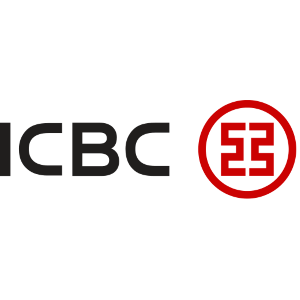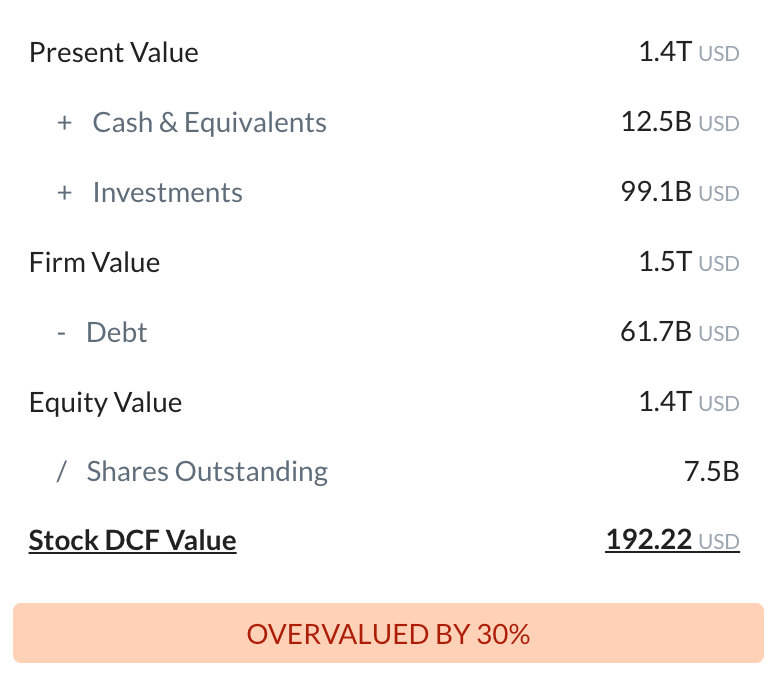
Bank of Nova Scotia
TSX:BNS


| US |

|
Johnson & Johnson
NYSE:JNJ
|
Pharmaceuticals
|
| US |

|
Berkshire Hathaway Inc
NYSE:BRK.A
|
Financial Services
|
| US |

|
Bank of America Corp
NYSE:BAC
|
Banking
|
| US |

|
Mastercard Inc
NYSE:MA
|
Technology
|
| US |

|
UnitedHealth Group Inc
NYSE:UNH
|
Health Care
|
| US |

|
Exxon Mobil Corp
NYSE:XOM
|
Energy
|
| US |

|
Pfizer Inc
NYSE:PFE
|
Pharmaceuticals
|
| US |

|
Palantir Technologies Inc
NYSE:PLTR
|
Technology
|
| US |

|
Nike Inc
NYSE:NKE
|
Textiles, Apparel & Luxury Goods
|
| US |

|
Visa Inc
NYSE:V
|
Technology
|
| CN |

|
Alibaba Group Holding Ltd
NYSE:BABA
|
Retail
|
| US |

|
JPMorgan Chase & Co
NYSE:JPM
|
Banking
|
| US |

|
Coca-Cola Co
NYSE:KO
|
Beverages
|
| US |

|
Walmart Inc
NYSE:WMT
|
Retail
|
| US |

|
Verizon Communications Inc
NYSE:VZ
|
Telecommunication
|
| US |

|
Chevron Corp
NYSE:CVX
|
Energy
|
Utilize notes to systematically review your investment decisions. By reflecting on past outcomes, you can discern effective strategies and identify those that underperformed. This continuous feedback loop enables you to adapt and refine your approach, optimizing for future success.
Each note serves as a learning point, offering insights into your decision-making processes. Over time, you'll accumulate a personalized database of knowledge, enhancing your ability to make informed decisions quickly and effectively.
With a comprehensive record of your investment history at your fingertips, you can compare current opportunities against past experiences. This not only bolsters your confidence but also ensures that each decision is grounded in a well-documented rationale.
Do you really want to delete this note?
This action cannot be undone.

| 52 Week Range |
63.48
100.55
|
| Price Target |
|
We'll email you a reminder when the closing price reaches CAD.
Choose the stock you wish to monitor with a price alert.

|
Johnson & Johnson
NYSE:JNJ
|
US |

|
Berkshire Hathaway Inc
NYSE:BRK.A
|
US |

|
Bank of America Corp
NYSE:BAC
|
US |

|
Mastercard Inc
NYSE:MA
|
US |

|
UnitedHealth Group Inc
NYSE:UNH
|
US |

|
Exxon Mobil Corp
NYSE:XOM
|
US |

|
Pfizer Inc
NYSE:PFE
|
US |

|
Palantir Technologies Inc
NYSE:PLTR
|
US |

|
Nike Inc
NYSE:NKE
|
US |

|
Visa Inc
NYSE:V
|
US |

|
Alibaba Group Holding Ltd
NYSE:BABA
|
CN |

|
JPMorgan Chase & Co
NYSE:JPM
|
US |

|
Coca-Cola Co
NYSE:KO
|
US |

|
Walmart Inc
NYSE:WMT
|
US |

|
Verizon Communications Inc
NYSE:VZ
|
US |

|
Chevron Corp
NYSE:CVX
|
US |
This alert will be permanently deleted.
Intrinsic Value
The intrinsic value of one
 BNS
stock under the Base Case scenario is
111.84
CAD.
Compared to the current market price of 100.12 CAD,
Bank of Nova Scotia
is
Undervalued by 10%.
BNS
stock under the Base Case scenario is
111.84
CAD.
Compared to the current market price of 100.12 CAD,
Bank of Nova Scotia
is
Undervalued by 10%.
The Intrinsic Value is calculated as the average of DCF and Relative values:

Let our AI compare Alpha Spread’s intrinsic value with external valuations from Simply Wall St, GuruFocus, ValueInvesting.io, Seeking Alpha, and others.
Let our AI break down the key assumptions behind the intrinsic value calculation for Bank of Nova Scotia.
| US |

|
JPMorgan Chase & Co
NYSE:JPM
|
|
| ZA |
C
|
Capitec Bank Holdings Ltd
JSE:CPI
|
|
| ZA |
S
|
Standard Bank Group Ltd
JSE:SBK
|
|
| US |

|
Bank of America Corp
NYSE:BAC
|
|
| CN |

|
Industrial and Commercial Bank of China Ltd
SSE:601398
|
|
| CN |

|
Agricultural Bank of China Ltd
SSE:601288
|
|
| CN |

|
China Construction Bank Corp
SSE:601939
|
|
| US |

|
Wells Fargo & Co
NYSE:WFC
|
|
| UK |

|
HSBC Holdings PLC
LSE:HSBA
|
|
| CN |

|
Bank of China Ltd
SSE:601988
|
Fundamental Analysis
Select up to 3 indicators:
Select up to 3 indicators:

Significant exposure to emerging markets, particularly in Latin America, raises concerns about economic and political instability, which could lead to elevated loan defaults and currency risks, pressuring overall profitability.
The bank’s growth in international operations may dilute management focus and increase operational complexity, potentially stalling strategic initiatives and leading to execution challenges in core Canadian markets.
Higher funding costs and ongoing competition with larger domestic peers, especially in retail banking and wealth management, may squeeze net interest margins and impede revenue growth.
A well-established footprint across the Pacific Alliance nations positions Bank of Nova Scotia to benefit from faster-growing emerging markets, driving strong loan book expansion and fee income opportunities.
The bank’s strategic focus on diversifying revenue streams through wealth management and capital markets services, coupled with disciplined cost management, could bolster efficiency and enhance operating leverage.
Stronger capital ratios and prudent risk management practices relative to some regional competitors enable the bank to weather macroeconomic volatility, providing resilience and room for future investments.
Balance Sheet Decomposition
Bank of Nova Scotia

| Net Loans | 771B |
| Investments | 615.8B |
| PP&E | 4.9B |
| Intangibles | 16.2B |
| Other Assets | 52.1B |
| Total Deposits | 966.3B |
| Short Term Debt | 195B |
| Long Term Debt | 38.1B |
| Other Liabilities | 173.7B |
Wall St
Price Targets
BNS Price Targets Summary
Bank of Nova Scotia

According to Wall Street analysts, the average 1-year price target for
 BNS
is 103.89 CAD
with a low forecast of 97.97 CAD and a high forecast of 114.45 CAD.
BNS
is 103.89 CAD
with a low forecast of 97.97 CAD and a high forecast of 114.45 CAD.
Dividends
Current shareholder yield for  BNS is
.
BNS is
.
Shareholder yield represents the total return a company provides to its shareholders, calculated as the sum of dividend yield, buyback yield, and debt paydown yield. What is shareholder yield?
The intrinsic value of one
 BNS
stock under the Base Case scenario is
111.84
CAD.
BNS
stock under the Base Case scenario is
111.84
CAD.
Compared to the current market price of 100.12 CAD,
 Bank of Nova Scotia
is
Undervalued by 10%.
Bank of Nova Scotia
is
Undervalued by 10%.





































